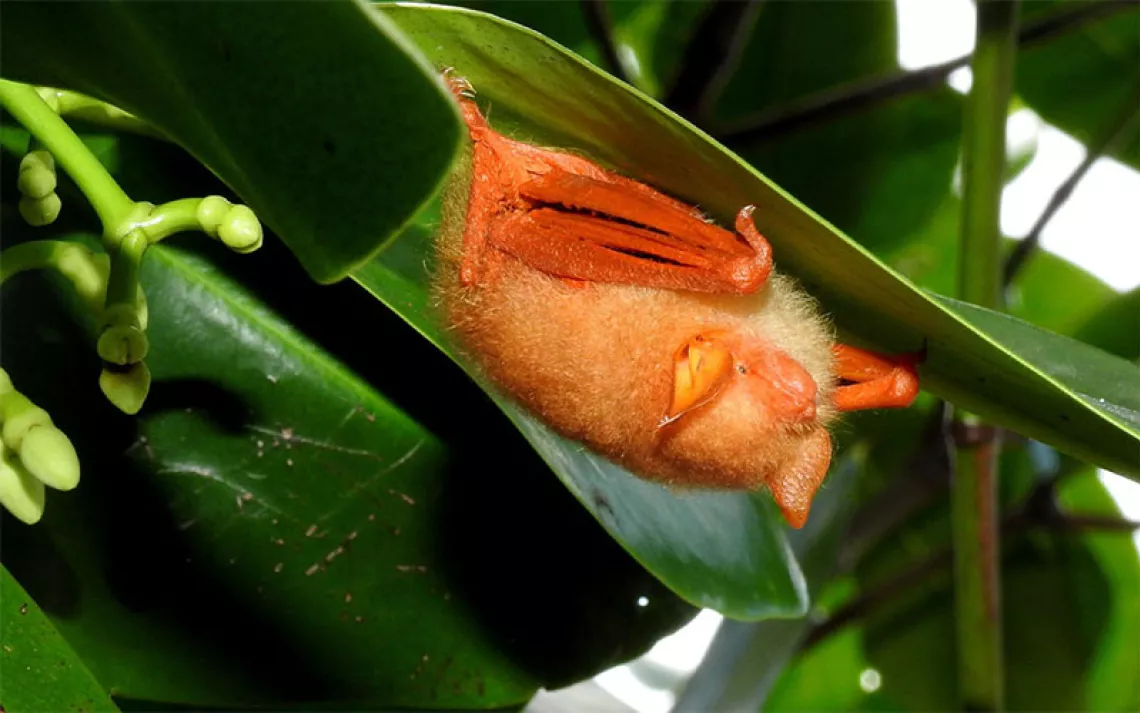Will the Endangered Florida Panther Be Delisted?
The future of Florida’s state animal remains uncertain

Photo by fotoguy22/iStock
In July, the U.S. Fish and Wildlife Service (FWS) began its five-year review of the Florida panther, the results of which will be critical in deciding the fate of the big cat. As part of the review, the FWS and the Florida Fish and Wildlife Conservation Commission (FWC) issued a report that claims up to 230 panthers are now living in southwest Florida. But the Sierra Club Florida Chapter asserts that these numbers are inflated and could be used to make the case for downlisting the species to merely “threatened.”
The panther has been federally recognized as an endangered species since the creation of the Endangered Species Act in 1967. Despite this, by the mid 1990s, only 20 to 30 animals remained. In response, scientists developed a “genetic restoration plan,” which called for introducing female Texas pumas to southern Florida to strengthen the genetic health of the species. Since this controversial experiment, the number of Florida panthers has increased to a range of 100 to 200 individuals.
During the two-month public comment period for the FWS review, which started June 30 and ended August 29, the Florida Chapter submitted its own technical report, which states that the population in 2015, at its highest, was 139. According to the chapter, the FWS numbers are based on outdated research, and the agency is neglecting to take into account the factors driving the panther to extinction: habitat loss and fragmentation, which will be exacerbated by climate change.
Frank Jackalone, the director of Florida Chapter, says the FWC and the FWS both have an interest in exaggerating panther numbers in order to justify easing protections.
The FWC commissioners, who were appointed by Governor Rick Scott, have backgrounds in development and ranching and little experience with wildlife protection. Jackalone says that the commission is making decisions about the panther “with an eye on how this wildlife is impacting economic growth interests in Florida.” Development, he says, is a driving force for FWC decision-making and, in turn, influences the FWS.
One FWC commissioner in particular, longtime rancher Aleise “Liesa” Priddy, has been investigated for potential conflicts of interest regarding Florida panthers. She has been recorded calling the panther’s federal recovery plan under the ESA “aspirational rather than practical,” and she gave a presentation last year at Florida Gulf Coast University entitled “Private Landowner: The Next Endangered Species?”
The federal recovery plan for the panther requires three viable populations of at least 240 individuals for a minimum of 12 years (two panther generations) as conditions to consider delisting the species from the ESA. In addition, sufficient habitat must be secured. Yet development continues to shrink the species’ southern Florida habitat, which is less than 5 percent of a range that once included Arkansas, Louisiana, Mississippi, Alabama, Georgia, Florida, and even parts of South Carolina. Vehicle collisions resulting in panther deaths are also increasing—84 panthers were killed in 2015 and 2016 by vehicles. Another threat is loss of prey. Excess hunting is thinning out the deer population on which panthers rely, driving them to attack livestock for food.
Ranchers. developers, and some hunters have pressured government agencies to consider panthers as “incidental take.” Jackalone explains that this would make it legal to shoot a panther if it were to become a nuisance to livestock and to destroy panther habitat, or even kill a panther, to create new subdivisions of homes. But not all private landowners are on board with this plan. Some have joined forces with conservation organizations and government agencies to manage panther habitat in ways that increase the panther’s chance of survival, such as installing panther-proof fencing to protect livestock.
In addition to input from conservation organizations like the Sierra Club, the FWS received well over 20,000 comments from the public during the comment period. Two U.S. representatives from Florida, Republican Vern Buchanan and Democrat Bill Nelson, submitted official letters requesting continued protection.
The Fish and Wildlife Service plans to announce its findings in the summer of 2019. “I’m very concerned,” says Jackalone. “We have a president who hasn’t shown any concern for protecting wildlife habitat in the country or wildlife specifically.” The problem is not the good scientists and the good staff at the FWS, Jackalone says, but rather the likely possibility that the Trump administration is giving bad direction to the Department of the Interior, which manages the FWS. “The problem is that [downlisting to] threatened status is the first step to completely delisting the panther,” concludes Jackalone. “It’s one step away from the Trump administration saying a year or two later, ‘Now, we’re delisting.’”
 The Magazine of The Sierra Club
The Magazine of The Sierra Club



